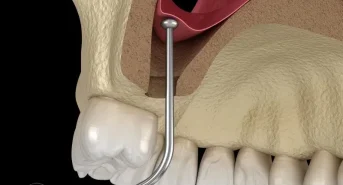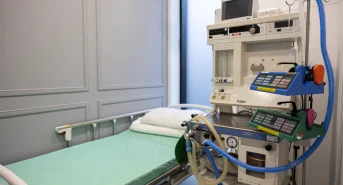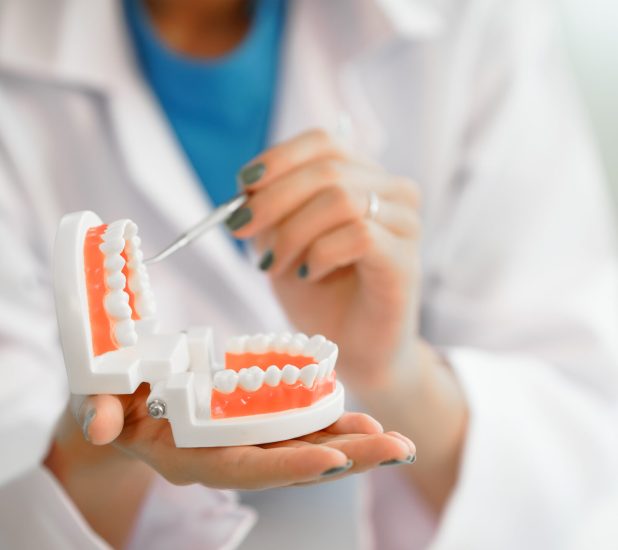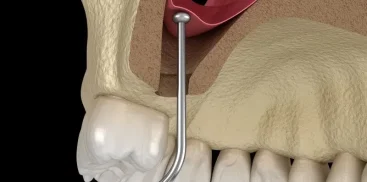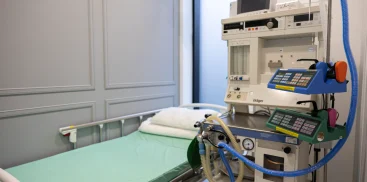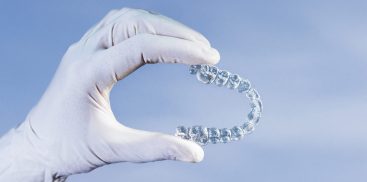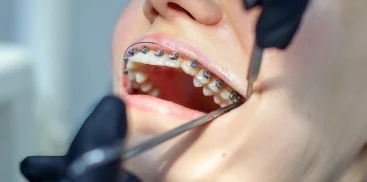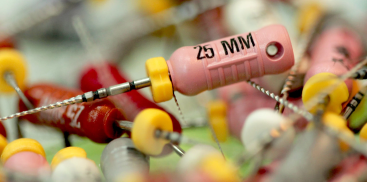In today’s orthodontics, there are many innovative solutions that make the journey to a perfect smile and healthy teeth not only effective but also comfortable for the patient. Among the wide range of available options, both the Invisalign system and traditional orthodontic braces are particularly popular. Both methods are characterized by high effectiveness but differ in approach, treatment process, and aesthetics.
At the Warsaw Dental Center in Warsaw, drawing upon rich experience and the latest research and trends in orthodontics, we offer our patients comprehensive assistance in choosing the best treatment method tailored to their needs and expectations. Our team of specialists makes every effort to ensure that each patient can enjoy not only a healthy but also a beautiful smile.
Invisalign
Invisalign is a method of correcting the bite using transparent, plastic aligners that are practically invisible on the teeth. Thanks to their discretion and user comfort, the Invisalign system is particularly popular among adult patients. The aligners are personalized to each patient’s individual needs and are replaced every few weeks, gradually shifting the teeth to the desired position. Additionally, the ease of removing the aligners during eating or brushing teeth is a significant advantage for oral hygiene.
Traditional Orthodontic Braces
Traditional orthodontic braces are a proven method of correcting the bite, used for decades even in the most complicated cases of malocclusion. They consist of metal brackets connected by archwires, which are regularly adjusted by the orthodontist to gradually shift the teeth to the correct position. Although they are more visible, traditional braces are still chosen by many patients due to their reliability and often lower treatment cost compared to the Invisalign system.
Advantages and disadvantages of Invisalign
Advantages:
- Aesthetics: Invisalign stands out with transparent aligners designed for discretion, making them practically invisible on the teeth. This feature attracts patients of all ages who value the opportunity to correct their smile without affecting their daily appearance.
- Comfort: The absence of sharp or protruding metal elements minimizes the risk of oral mucosa irritation and discomfort, often experienced with traditional orthodontic braces.
- Hygiene: Invisalign aligners can be easily removed, allowing thorough cleaning of teeth and gums. Patients can continue their standard hygiene routine without needing specialized tools for cleaning orthodontic appliances.
- Convenient Eating: The ability to remove the aligners gives patients the freedom to choose their food. They do not have to avoid hard, sticky, or difficult-to-bite foods, which is a significant advantage compared to dietary restrictions associated with traditional braces.
Disadvantages:
- Cost: One of the major limitations of Invisalign is its price, which usually exceeds the cost of traditional orthodontic braces. Higher costs often stem from advanced technology and personalized treatment plans.
- Discipline: The success of Invisalign treatment largely depends on the patient’s self-discipline. The aligners must be worn for at least 22 hours a day for the treatment to be effective. Failure to adhere to this rule may lead to prolonged treatment time or unsatisfactory results.
- Therapeutic Limitations: Although Invisalign is effective in many cases, in some complex orthodontic situations, it may not provide sufficient force or precision for correction. In such cases, traditional orthodontic braces may be more suitable for achieving therapeutic goals.
Advantages and disadvantages of traditional orthodontic braces
Advantages
- Effectiveness: Metal braces are considered one of the most effective methods of correcting the bite, capable of treating a wide range of orthodontic problems. They are particularly recommended for cases requiring significant tooth movements or correction of complex malocclusions.
- Cost: Traditional orthodontic braces are often more affordable compared to modern methods like Invisalign. Their lower price makes them accessible to a wider range of patients, making them an attractive option for those with limited budgets.
- Independence from Patient Discipline: Since traditional braces are non-removable, the success of treatment does not depend on the patient’s daily discipline in wearing the device. This ensures the continuity of the bite correction process without the risk of treatment delays caused by the patient.
Disadvantages
- Aesthetics: One of the biggest challenges for patients opting for traditional braces is their visibility. Metal elements are much more noticeable than transparent aligners, which may affect the confidence of some patients.
- Comfort: Metal wires and brackets can cause discomfort and irritation of the oral mucosa, especially in the first weeks after the braces are applied. This may require the patient to adapt and use special orthodontic waxes.
- Compromised Hygiene: Maintaining proper oral hygiene with braces requires additional effort from patients. Metal braces make it difficult to clean teeth and gums thoroughly, increasing the risk of cavities and gum diseases.
The choice between the Invisalign system and traditional orthodontic braces depends on various factors such as the complexity of the case, aesthetic expectations, lifestyle, and the patient’s budget. At the Warsaw Dental Center in Warsaw, we ensure that our patients are supported at every stage of this choice and have access to the latest achievements in orthodontics to help them achieve their dream smile. Our team of specialists not only advises but also provides full support and care to ensure that the orthodontic process proceeds smoothly and effectively, yielding excellent results.

